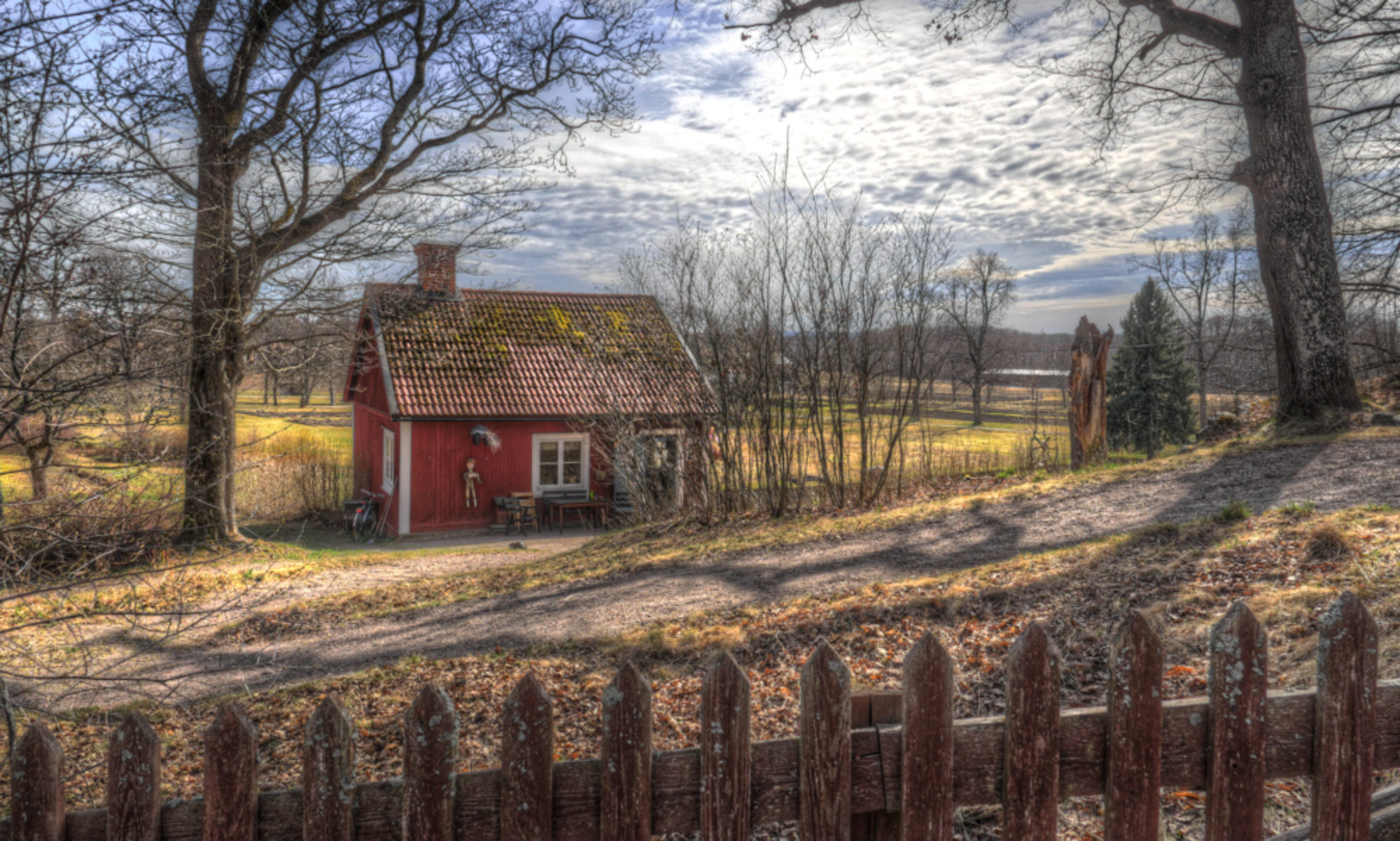I never liked the term “cheap and cheerful” since it always conjured up an image of someone who relished penny-pinching to me. But if any pen really deserved that moniker the Sheaffer Touchdown Cadet Tip-dip model does. Why? Let’s pop the pen out of its packaging and see.
The Cadet has a bit in common with an Esterbrook pen. First off, the nib is stainless steel and part of a threaded unit that screws into the section for easy replacement. Both those traits it has in common with the renowned low-priced Esterbrook line. But when you look for a lever to fill the pen and can’t find one the similarities end. Unscrewing and pulling up on the blind caps exposes the trademark metal tube of Sheaffer’s pneumatic touchdown filling system. The other feature, the “Tip-dip”, turns out to be a small recess in the feed under the nib where the ink channel is exposed. This was intended to allow the pen to fill with minimal dunking depth in ink.
My example of this fountain pen was a NOS blister packed version that had and extra nib thrown in which was, glory be, a stub. Nowhere on it does it say “cadet” but that’s what it has been called in the old catalogs. Like the more expensive Sheaffer pens a whole range of nibs were available for the tippys including flexible styles. As mentioned it is made of stainless steel but there is a nice amount of tipping material at the end.

How does this early 60’s low cost pen feel to write with? Great, I must say. The pen is substantial but light weight and the point is smooth with some line variation. Construction is exemplary with high quality plastics and metals. I’ve been inside the pen too and can report it is made just as well as the expensive touchdown models.
I would certainly recommend a vintage tip-dip pen to anyone looking for a practical and economical writer. It turned out that this inexpensive vintage pen is an attractive, solid writing instrument which is far more “cheerful” than “cheap”.











